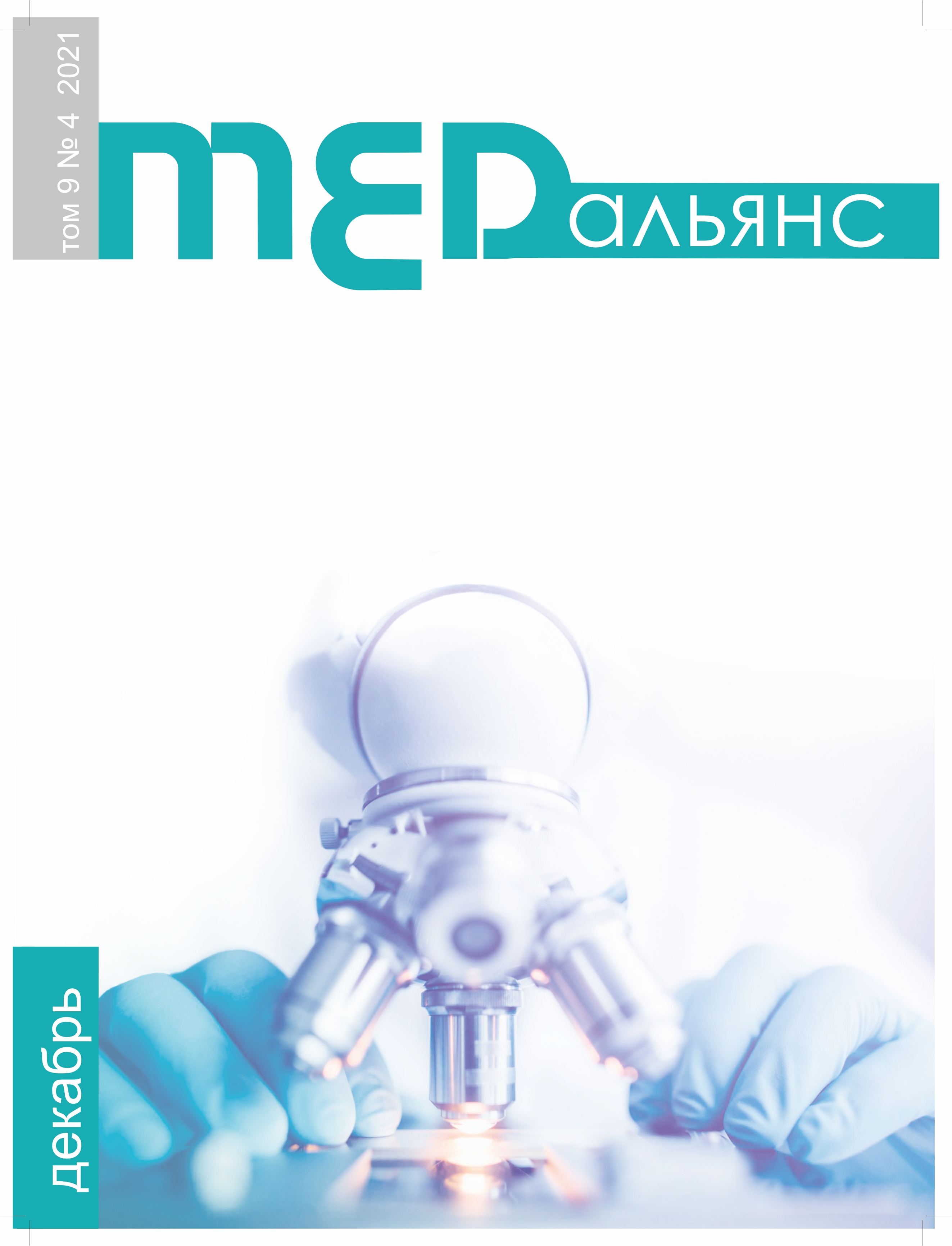Abstract
The relevance of the study arises from the large number of fibrotic complications in viral interstitial pneumonia in COVID-19.
Objective: to evaluate the therapeutic efficacy of inhaling 2% oxidised dextran solution in an in vivo model simulating interstitial
pneumonia in COVID-19.
Materials and methods. The studies were performed on ACR mice. Interstitial pneumonia in mice was induced by intranasal administration of Escherichia coli lipopolysaccharide (LPS). After intranasal administration of LPS to mice, 2% solution of oxidised dextran or control (saline) solution were inhaled via ultrasonic inhaler. One day later, the animals were killed, and standard histological sections of lung tissue were prepared with subsequent morphometric evaluation of the results. Results with data. inhalation of a 2% solution of oxidised dextran makes it possible to almost halve all morphological manifestations of LPS-induced pneumonia in terms of morphometric parameters: the numerical density of vessels with signs of hemocirculatory disorders, the numerical density of thrombosed vessels, the percentage of thrombosed vessels, the volumetric density of hemorrhages, the volumetric density atelectasis, volumetric density of cellular inflammatory infiltrate.
Conclusion. Inhalation of oxidised dextran solutions may be a very promising method for the prevention of interstitial pneumonia and pulmonary fibrosis in COVID-19.

